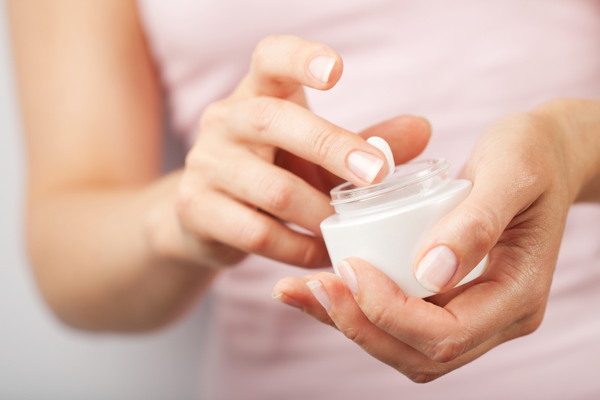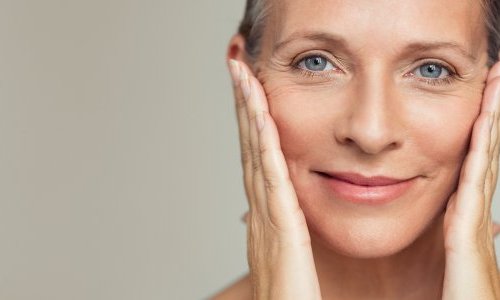Following in the footsteps of genomics, the study of all genes, “omics” sciences are developing and imposing themselves both in medical research and in cosmetics manufacturers’ R&D departments. “These technologies give access to the different components of living organisms, from the DNA to the metabolite, the small molecule produced due to the cell’s activity”, Dominique Bernard, Omics Platform Manager at L’Oréal Research & Innovation, told the AFP.
In practice, cosmetology resorts to omics sciences to understand the skin’s cellular mechanisms and identify action “targets” to develop new products.

The use of omics boomed with the development of powerful analysis techniques such as DNA microarrays. These molecular biology tools, which are always based on a holistic approach, are named with neologisms formed according to the same model, all along the chain of components of the living organisms. Transcriptomics analyses how a genome is transcribed into proteins via messenger RNAs (messenger ribonucleic acid). Proteomics explores all the proteins produced by a genome. Metabolomics is dedicated to all the metabolites in a cell.
“It gets more complex each time: we start with 21,000 genes, but we end up with several hundreds of thousands of proteins”, the biologist underlines.
Identifying "targets"
Omics can thus generate masses of information on the skin and hair biology. For manufacturers, the difficulty is to manage to pick out the relevant elements to be able to market a product that meets consumers’ expectations.
“We need to set up bioinformatics systems to extract the most useful information from these big data in order to, for example, analyse the different skin types and subtypes all around the world,” Dominique Bernard explains. “We are also trying to find what we call “targets”, because once you have identified a target, you can develop new molecules capable of modulating that target, and therefore develop new cosmetic products”, he adds – like new anti-aging actives.
Omics technologies will also help determine “signatures” specific to certain types of aging, chronoaging or photoaging resulting from repeated exposure to the sun, and then select actives to try and “offset” these signatures.
“What is wonderful with the skin is that it is very easily accessible”, notes the biologist. “We have access to its surface and we can already get a lot of information without having to get invasive”.
Beyond the skin
Perspiration is another valuable source of information for cosmetics manufacturers. “If you know the composition of perspiration, you can develop makeup that will last long on the skin”, explains Claudie Willemin, President of the Société française de cosmétologie (the French Society of Cosmetology), which held the congress. “You can develop products that prevent the skin from shining, for example in countries with high humidity levels”, she adds.
Scientists are also increasingly interested in the microbiome, these hundreds of millions of microorganisms, such as bacteria or fungi, that are present on the skin’s surface and with which human cells permanently “interact”.
Awards for researchers
Three scientific prizes are also awarded at the IFSCC congress. This year the jury rewarded:
– Haruka Goto, of Pola, who received the Basic Research Award for her work on the hBD-3, an antimicrobial peptide which plays a key role in the acne flare-up during the premenstrual stage
– Alban Muller, who won the Applied Research Award for his collaboration with the Université of Rouen, France, and the Payan Bertrand SA perfume company on the development of a new strategy to protect the skin against fragrance allergens. The consortium identified and implemented an ingredient of the protein group of prolamins which forms an imperceptible, odorless, colorless film on the skin and protects against the allergens present in a perfume when it is sprayed.
– Ezure Tomonobu, of Shiseido, who won the Poster Award for a novel approach to anti-aging facial skincare based on the reconstruction of dermal anchoring structures for a toning effect on the face.
For its comeback edition in France, the IFSCC congress gathered about 1,500 participants from 40 countries. “We did not want to deal with scientific advances according to the different fields (anti-aging, hair, sun care…), but to really show that cosmetology involves expertise and knowledge beyond the sole cosmetics sector’s boundaries”, Mrs Willemin highlighted.
The next IFSCC congress will be held from September 20 to 23, 2015 in Zurich, Switzerland.




























